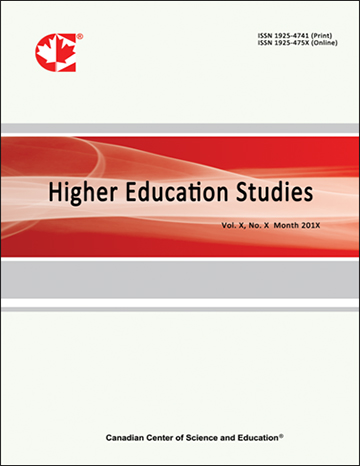21st Century Professional Skill Training Programs for Faculty Members—A Comparative Study between Virginia Tec University, American University & King Saud University
- Asma Al-Majed
- Fatima Al-Kathiri
- Sara Al-Ajmi
- Suad Al-Hamlan
Abstract
The 21st century faculty member is expected to teach, engage the learner, absorb new discoveries and rely on different knowledge in the execution of duties. This calls for up-to-date skills for instruction, assessment, and identification of opportunities by faculty members to promote learning. This paper investigates the prospects of promoting training programs for faculty members in Saudi universities by presenting a comparison of qualitative data between the efforts of two major American universities, the American University and Virginia Tec University, and the efforts of King Saud University. This comparison tries to display how these universities endeavor to meet the current teaching and learning needs. The results are not surprising; the two American universities are coming up with skills training programs that are deemed to be appropriate, including: conferences and workshops, faculty member orientations, consulting, instructional support, online training, discussion forums, family-led discussions, junior faculty training, and summer training programs. They appear to have successfully instituted the 21st century focused skills training programs. Consequently, faculty members from these universities are able to provide students with the knowledge needed to navigate the current challenges. In contrast, King Saud University may have not instituted the programs effectively. Unfortunately, it has not prioritized 21st century professional skill training programs that would make faculty members fit well in the changed learning environments. However, there is a chance for fully implementing new programs that suit the current challenges and needs for faculty members in Saudi universities. Therefore, the paper provides some recommendations for trainers as well as program developers on the light of these results.
 PDF
PDF
